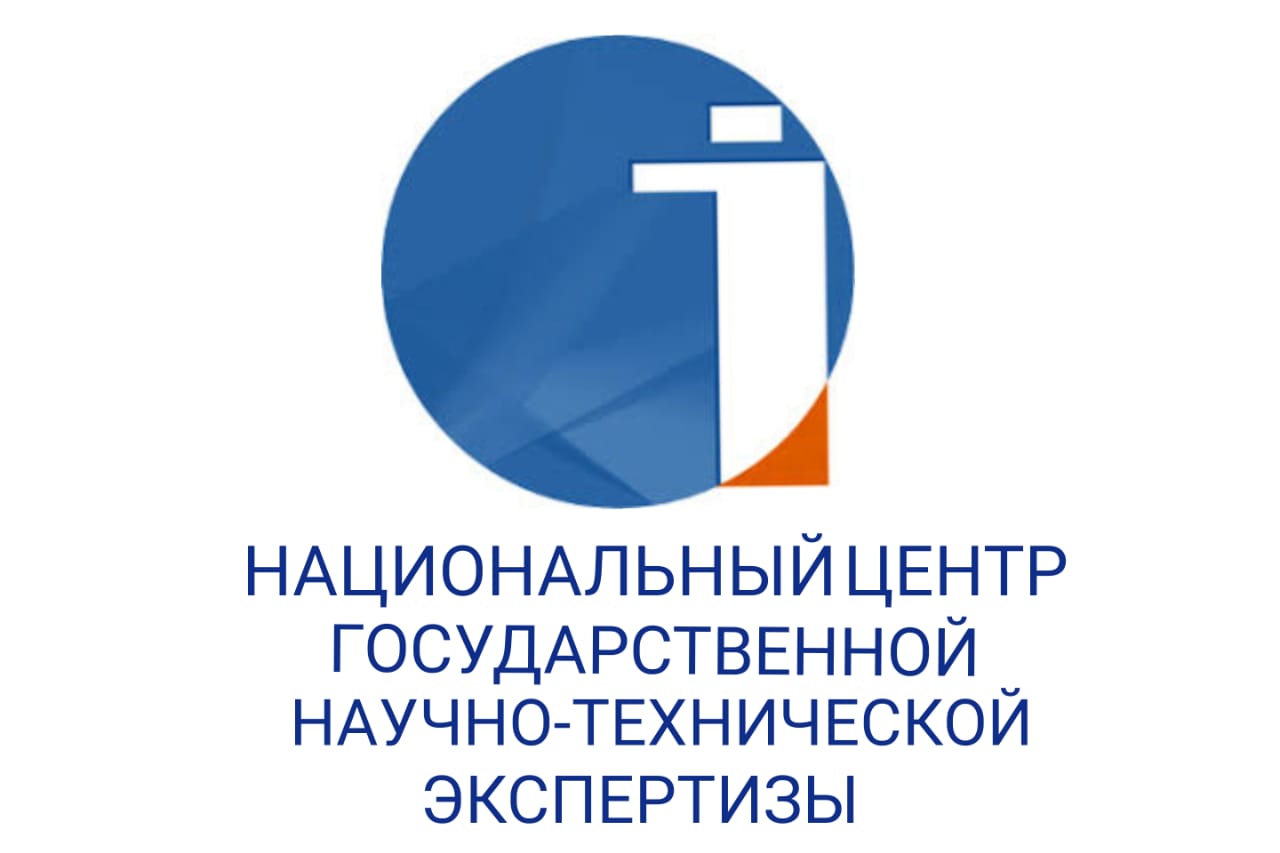THE EVOLUTION OF METAPHOR IN THE DIACHRONIC ASPECT ON THE MATERIAL OF ENGLISH POETRY
DOI:
https://doi.org/10.48371/PHILS.2024.3.74.007Keywords:
Metaphor, poetry, diachronic aspect, concepts, evolution, metaphorical language, poetic language, language useAbstract
Metaphor is a linguistic tool used to express ideas or concepts through comparison. In the diachronic aspect, metaphor can be observed over time as it changes and evolves in a language.
The term "diachronic" refers to the study of language evolution over time, and in this context, the article is focused on the evolution of metaphor in English poetry. The use of metaphor has been a consistent feature of poetry throughout history, and this article analyzes the ways in which metaphor has evolved over time in the English language.
Different types of English poetry are analyzed in the article, ranging from medieval to contemporary, and tracing the evolution of metaphorical language in each era. This analysis involves identifying specific metaphors or themes that were popular in each era, as well as examining how the use of metaphor has changed over time [1, p.24]. Such methods as literary analysis, descriptive analysis, and comparative historical method were used to study metaphor in the diachronic aspect.
By analyzing the use of metaphor in English poetry across different time periods, researchers gain insight into the historical and cultural contexts that shaped language use. It also provides insights into the cognitive processes involved in metaphorical thinking and language use. By examining how poets have used metaphor to convey meaning and evoke emotions over time, researchers gain a deeper understanding of how the human brain processes and interprets language.
In summary, the study of the evolution of metaphor in the diachronic aspect on the material of English poetry is scientifically significant because it sheds light on the historical and cultural contexts of language use, provides insights into the cognitive processes involved in metaphorical thinking, and has practical applications in fields such as language teaching and natural language processing.








